One good thing about photography as an art is that you don’t have to lug around a truck-load of equipment. You don’t need easels, dozens of brushes, tubes of paint, and canvases. All you need is to show up with a camera and some light. That’s an important enough concept for me to repeat myself. There are four variables in photography: the photographer, the subject, the camera, and the light.
If photography is that simple, then why are some people so much better at it? As I’ve previously said, most people assume it’s the camera, which I’ve already discounted. “It must be the subjects then,” you’d suggest. My answer to that would be that you could open Google and search for photos of Delicate Arch (Arches National Park Utah). There are hundreds of photos of the iconic arch, but some stand out from the crowd. Of the two remaining variables, I think that learning to understand lighting is the more important. “But, light is light,” you protest. “Au contraire, mon ami,” I answer. You say that because you haven’t bothered to notice.
When I took classes at Art Center College of Design, the school felt that lighting is so important to photography that the first two exercises we had to complete involved lighting. In the first, we had to make shapes—a ball, a cone, and a cylinder—out of white paper. Then we photographed those shapes before a white background of the same paper. The point of the exercise was to teach us how to separate the foreground from the backdrop using light. The other assignment was to recreate the studio lighting from a ‘40s movie studio still-shot. Instructors assigned us a photograph that we were to analyze, then set up the lights and shoot our model using a single-, two-, or three-light set-up. “Well, that’s all good in the studio, but you don’t get to do that out in the wilderness,” you say. And I’d repeat my French answer. If you want to improve your photography, you need to understand how light works. True, the sun isn’t on a light stand that you can just move around, but you can learn when the light will be better so you can tell your story—even if it means having to wait for it.
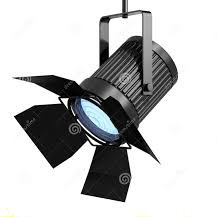
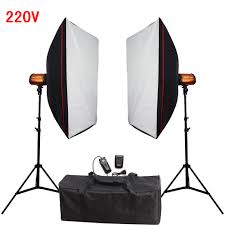
There are two types of light sources; a point source and diffuse source. In a studio, a point source is a spotlight. It throws off a narrow beam of light creating dramatic highlights and shadows (high contrast) and it’s often called a key light. Sometimes the dark shadows are softened with asecond—less intense—light called a fill light. Outdoors, the spotlight’s equivalent is the sun, moon, or a single street lamp. On the other hand, a diffuse light is broad and even; like a fluorescent light, a window without direct sunlight, or even a spotlight with a semi-opaque cover (a diffuser). The light is softer and the shadows are not as harsh. In landscape photography, you get diffuse light on a cloudy day, in a building’s shady side, or at dusk and dawn.
With any light source, its angle to the subject makes a difference too. If the light is directly behind the camera, it will flatten details, while a sidelight emphasizes textures. A light behind a subject—called a backlight—will emphasize feathery edges—like hair or grasses—giving a halo effect. Finally, an overhead light is just another side light from a different direction. Each of the lighting directions—and combinations of them—will show off different qualities of your subject. As a photographer, it’s up to you to choose the light angle that tells your story best.
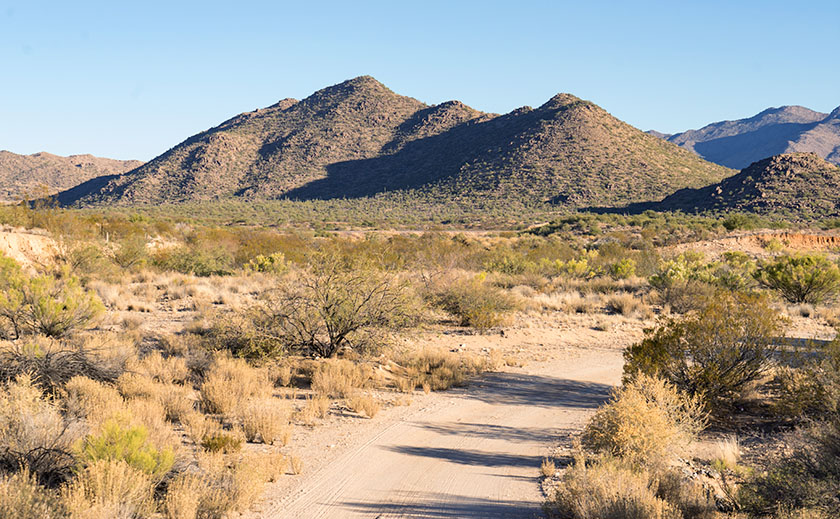
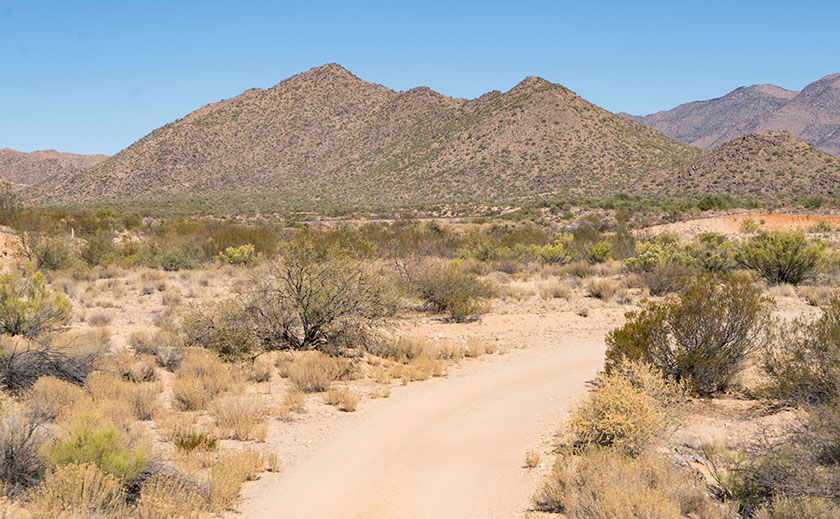
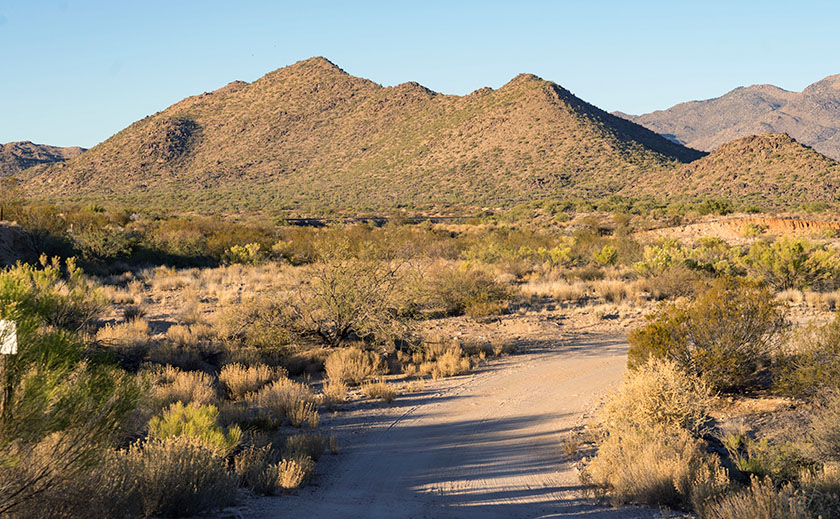
Finally, the third aspect of light that is important is color. Part of a stage director’s arsenal is changing the color of lights to set the tone or mood in a play. People who aren’t aware of small color variations, see light as always being the same because our brains compensate for it. I remember the “Stone Age” of photography, blue flashbulbs, and questions like, “Why are my party pictures so yellow?” It’s because the color of light is different between a tungsten light bulb and the sun and those color differences are measurable in degrees of heat, not in Fahrenheit or Celsius, but Kelvin—a much broader scale of temperature used by astronomers. The light bulb burns at only 3000° K, while the sun burns at 5778° K. Another tidbit about the sun is that it’s not yellow—it’s white. It’s always been white for as long as man’s been on earth. Although doing so wouldn’t be very smart, if you looked directly at the noon sun, you’d see white. Only when the sun’s rays travel through extra miles of atmosphere do they seem redder. With digital cameras, this is the topic of White Balance, a discussion I’ll save for later when we talk about cameras. For now, let’s just say that warmer colors seem romantic (sunsets and candlelight) while the bright white or bluish appear cold (icebergs and igloos).
Light attributes that we’ve discussed here combine to create something ethereal called light value. The light’s intensity, its angle, and its color are the things that successful photographers understand and use to improve their images. They show off their subject in the best light (sorry, I couldn’t resist). So, what is photography’s best light? All of them I’m afraid. It’s like asking what color or brush makes the best painting. All the light values are in your toolbox for you to use, and you must search which best suits the story you’re telling. Don’t get stuck using only one, experiment and learn what works best for you and for the style you’re developing.
Until next time … jw

Great explanation of light; thanks!